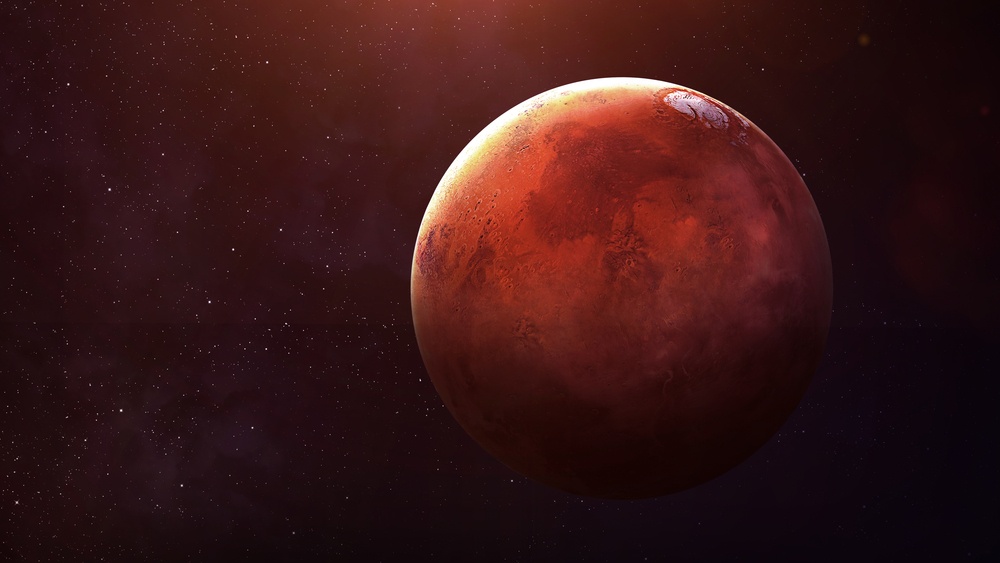Key Takeaways:
– NASA’s Perseverance rover finds potential new setting for ancient Martian life
– Rocks believed to be older than any on Earth discovered on Mars
– Quartz fields suggesting a hot spring-like environment discovered in Mars’ Pico Turquino Hills
– Next expedition destination will be the Witch Hazel Hill, representing broader Martian geology
Unearthing Ancient Geological Mysteries
The Perseverance rover on Mars may have stumbled upon the oldest rocks ever seen by humans. These ancient relics offer a tantalizing picture of early solar system history and the environments that may have harbored life on Mars—if it actually existed there. Mars 2020 Mission scientist Kenneth Farley said these rocks likely predate any on Earth, revealing a significant milestone in the rover’s mission.
Exploring the Jezero Crater
The Perseverance rover has spent the majority of its time studying the Jezero Crater. This area is home to rocks estimated to be about 3.7 billion years old. More recently, however, the rover scaled a daunting, sandy slope to reach the rim of the crater. These elevated rocks are believed to be considerably older — over 4 billion years old.
This new quadrant offered a wholly different geological landscape. Filled with diverse rock types and mineral assemblages, the rover found many of the rocks to be igneous, altered by water — potential segments of Mars’s primordial crust.
Dating Limitations and Expectations
Unsurprisingly, the rover’s instruments cannot pinpoint the age of these Mars rocks with absolute certainty. These estimates are based on existing knowledge of the crater’s formation and Mars geological history. Yet, the possibility these rocks are as ancient as believed could hold enlightening information about our rocky planet neighbors’ early transformations.
Illuminating a Potential Environment for Life
The Pico Turquino Hills, where Perseverance roamed through, held additional secrets. The rover found fields of brilliant white, cantaloupe-sized stones, made up of pure quartz. This is a first in Mars exploration.
The sighting of these quartz formations is particularly significant. On Earth, quartz often forms in areas where hot fluids circulate through rocks, possibly mimicking a hot spring environment. If the same holds true for Mars, these settings could have potentially supported life, representing a breakthrough in the study of Martian biology.
Next on The Mission: Witch Hazel Hill
The rover’s next stop is the area known as Witch Hazel Hill. This area should exhibit geological elements representative of the broader Martian region. NASA’s Mars orbiters have found evidence of layered rock outcropping here.
Planetary scientist Candice Bedford emphasizes the significance of these layered outcrops. Each stratum serves as a chronicle of Martian history, turning each page reveals another era of the Red Planet’s past.
Overall, these discoveries made by the Perseverance rover are elevating our understanding of Mars’s geological and potential biological history in unprecedented ways. It is indeed an exciting era for space exploration. The discoveries thus far are only hinting at the vast wealth of knowledge that awaits across the celestial horizon.

